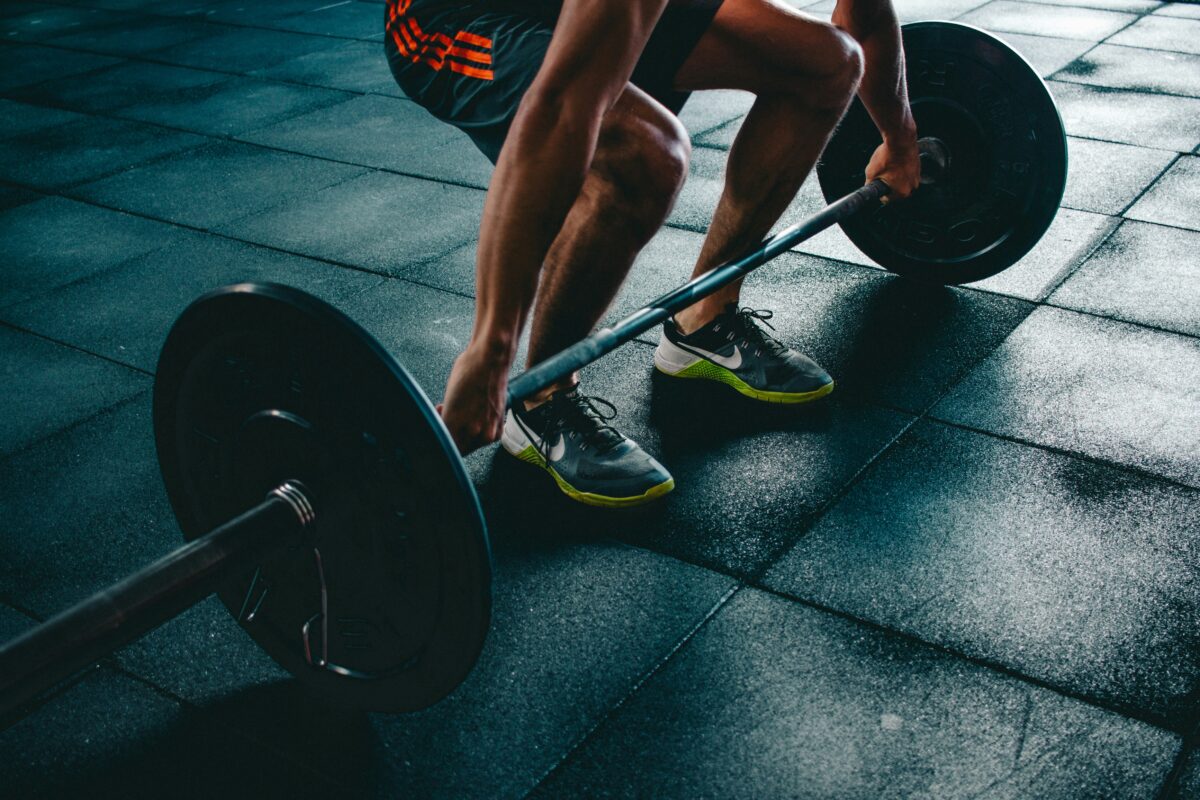HIGH-INTENSITY INTERVAL TRAINING
Maximizing Health and Longevity with Low-Impact HIIT Workouts: Benefits and Adaptations for All Fitness Levels
During a HIIT workout, you alternate short bursts of intense exercise—lasting between 15 seconds and four minutes—with quick recovery periods. These cycles are repeated over a set period, creating a highly effective workout regimen.
Food, exercise, and social connection are three crucial pillars for healthy aging. Incorporating HIIT workouts into your routine can play a significant role in maintaining overall health and well-being as you age.
Benefits of HIIT Workouts
HIIT workouts are popular due to their numerous benefits. They enable you to burn a substantial number of calories in a short time, making them ideal for individuals with busy schedules. Additionally, HIIT workouts help build muscle mass, enhance sports performance more effectively than moderate-intensity continuous exercise, and are generally more enjoyable than other exercise regimens.
Moreover, HIIT workouts positively impact executive function, or cognition, as demonstrated by a July 2021 review of 24 studies published in the International Journal of Environmental Research and Public Health. A February 2020 study also found increased cognitive function in young adults following HIIT workouts, suggesting that HIIT may be an efficient and effective way to combat cognitive decline with age.
Overcoming HIIT Workout Concerns
Despite the benefits, some people are hesitant to try HIIT workouts due to the high-impact nature of exercises like jumping jacks, box jumps, burpees, tucks, and mountain climbers. This concern is understandable for those with knee issues, poor balance, or recovering from injuries. However, it’s possible to perform a variety of HIIT workouts without jumping and still achieve significant cardiovascular benefits.
Increasing Intensity Without Jumping
“High-impact activities like jumping are often confused with high-intensity ones,” says Jonathan Tylicki, a certified personal trainer based in Irvine, California. “High-intensity workouts can be low-impact, where you’re not jumping but still get the same benefits as a high-impact, high-intensity workout.”
High-intensity workouts engage multiple muscle groups simultaneously and elevate your heart rate to more than 70% of its maximum. To calculate your maximum heart rate, subtract your age from 220, then find 70% of that number. For example, a 45-year-old’s maximum heart rate would be 220 minus 45, equaling 175 beats per minute. Seventy percent of 175 is 122.5, so your heart rate should rise above 122.5 beats per minute during the high-intensity portions of your HIIT workout.
A simpler indicator is that during high-intensity exercise cycles, you should only be able to say a few words at a time because you’re huffing and puffing so much.
Incorporating low-impact exercises like fast-paced squats, brisk walking, or using resistance bands can help you achieve high-intensity without the risk associated with jumping. These modifications allow anyone to reap the benefits of HIIT workouts, regardless of physical limitations.
By understanding and adapting HIIT workouts to suit your needs, you can enjoy the numerous benefits they offer, contributing to overall health, improved cardiovascular function, and cognitive longevity.

